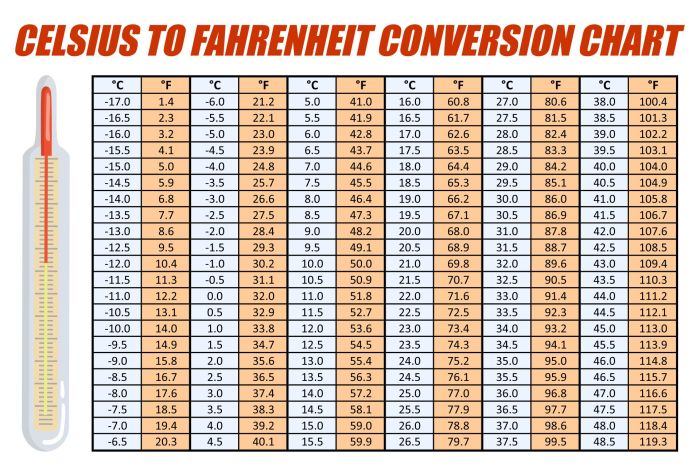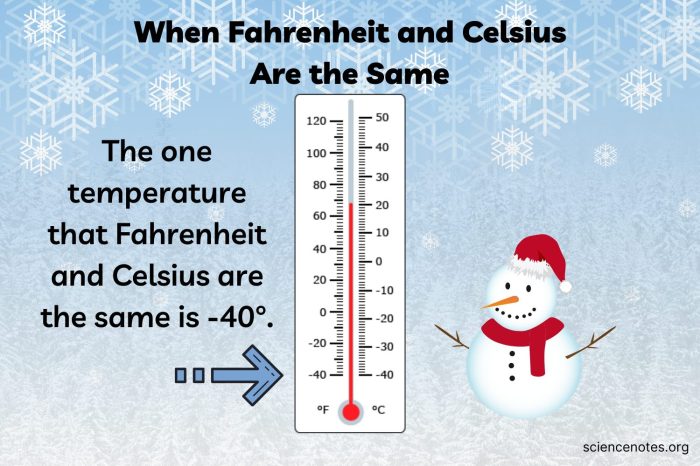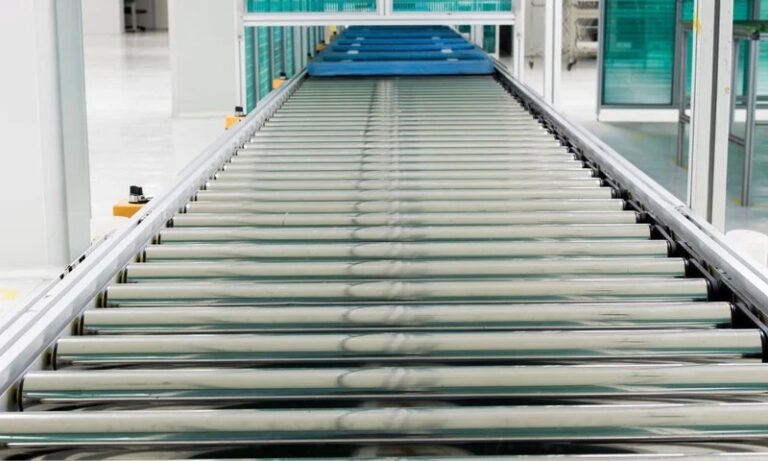When Are Food Workers Required to Wear Gloves?
When are food workers required to wear gloves? This question is crucial for ensuring food safety and preventing the spread of harmful bacteria. Food safety regulations are in place to protect consumers from foodborne illnesses, and glove use is a key component of these regulations.
Gloves act as a barrier between the food handler’s hands and the food, reducing the risk of contamination.
This article delves into the specifics of glove use in food handling, exploring the types of workers who are required to wear gloves, the various types of gloves available, proper glove hygiene practices, and the potential consequences of not wearing gloves.
We’ll also discuss the importance of glove use in preventing cross-contamination of food allergens.
Types of Gloves Used in Food Handling
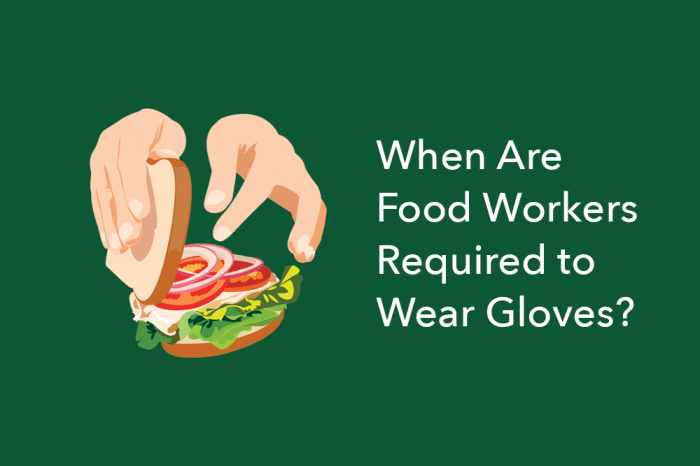
Food handling gloves are essential for maintaining hygiene and preventing the spread of bacteria and other contaminants. They provide a barrier between the handler’s hands and the food, minimizing the risk of cross-contamination.
Types of Food Handling Gloves
Food handling gloves come in a variety of materials, each with its own set of advantages and disadvantages. Choosing the right type of glove depends on the specific task and the environment.
| Glove Type | Material | Applications | Advantages and Disadvantages |
|---|---|---|---|
| Nitrile Gloves | Synthetic rubber | Handling raw meat, poultry, and seafood, preparing salads, and working with chemicals | Advantages: Strong, durable, resistant to punctures, and chemical resistant. Disadvantages: Can be more expensive than latex gloves, may not be as comfortable as latex gloves, and can be difficult to put on and take off. |
| Latex Gloves | Natural rubber | Handling fruits, vegetables, and other produce, serving food, and cleaning | Advantages: Comfortable, flexible, and affordable. Disadvantages: Not as durable as nitrile gloves, can cause allergic reactions in some people, and not as resistant to chemicals. |
| Vinyl Gloves | Polyvinyl chloride (PVC) | Light-duty tasks, such as serving food, cleaning, and handling ready-to-eat foods | Advantages: Inexpensive, disposable, and easy to put on and take off. Disadvantages: Not as durable as nitrile or latex gloves, not as resistant to punctures, and can tear easily. |
| Polyethylene Gloves | Polyethylene | Light-duty tasks, such as handling dry goods, packaging food, and preparing non-food items | Advantages: Inexpensive, disposable, and easy to put on and take off. Disadvantages: Not as durable as other types of gloves, not as resistant to punctures, and can tear easily. |
Choosing the Right Gloves, When are food workers required to wear gloves
Selecting the appropriate type of glove for specific tasks is crucial for maintaining food safety. Factors to consider when choosing gloves include:
Material
The material of the glove should be appropriate for the task at hand. For example, nitrile gloves are best for handling raw meat, while latex gloves are better for handling produce.
Size
The gloves should fit comfortably and securely to prevent them from slipping off or tearing.
Durability
The gloves should be durable enough to withstand the rigors of the task at hand.
Cost
The cost of the gloves should be considered, especially for large-scale operations.
Summary: When Are Food Workers Required To Wear Gloves
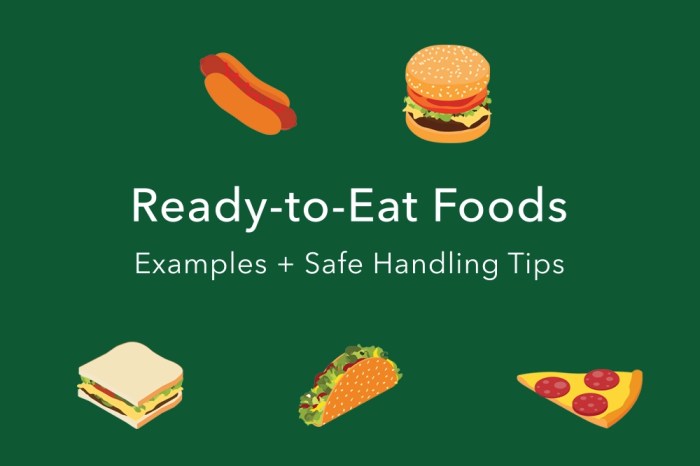
In conclusion, understanding when and how to use gloves in food handling is essential for ensuring food safety and protecting public health. By following proper glove hygiene practices and adhering to food safety regulations, food workers can play a vital role in preventing foodborne illnesses.
Remember, the goal is to create a safe and hygienic food environment for everyone.



